Printers and servers: the next frontier for office energy management
Thursday 4 December 2020
New research demonstrates that printers and servers are the next frontier for office energy management
Join us for an exclusive webinar next Wednesday 9 December to learn more
New research from the Energy Efficiency Council has revealed the first granular breakdown of energy use in Australian office tenancies. This ground-breaking study found that that while lighting still makes up the lion’s share of tenants’ bills, there are significant opportunities for tenants to reduce their operational expenditure by undertaking equipment upgrades.
Estimated office tenancy energy consumption breakdown, excluding supplementary heating, ventilation and cooling (HVAC)
Need to step up appliance labelling
Businesses can use the Energy Rating Label to make decisions regarding purchasing or leasing energy efficient monitors and kitchen equipment, but this is not the case for computers, printers and servers. However, desktop and laptop computers are covered by Minimum Energy Performance Standards (MEPS), and importantly, the research demonstrates that laptops use less than a third of the energy of desktop computers. So, it’s great to see that tenants are substantially favouring the use of laptops, as demonstrated by the greater proportion of energy attributable to laptops despite them using less energy individually.
But troublingly, two substantial energy users – servers and printers – are not covered by MEPS or energy labelling, despite the fact that together they account for ten per cent of tenant energy use – and sometimes much more in larger businesses with substantial fleets of printers and servers.
Substantial opportunity for energy savings remains
The research also demonstrated that even the office tenancies that have been proactively reducing their energy and carbon footprint may have plenty of room for improvement. An analysis of responses from signatories to CitySwitch, which works with office-based businesses to improve their environmental performance, found that the top quarter are operating offices that are approximately 30 per cent more efficient than tenancies in the lower end of the market. And the leaders still had not exhausted all energy savings opportunities.
Tenants can often improve server efficiency by locating their servers offsite at purpose built and energy optimised facilities. However, many businesses rely on printers being on site. The research found that a single printer has a substantial power draw, meaning that for businesses with more printers, there is a large energy saving opportunity when upgrading to a more efficient option.
“Printers and copiers account for the largest power draw of any single device after computers and servers. If a business is looking to reduce its OpEx and improve its environmental footprint, it’s a no brainer to invest in inkjet printers when they use 90% less electricity than laser printers,”
Breakdown of equipment energy consumption in office tenancies
Learn more about the research here.
Upcoming webinar to learn about energy management opportunities for office-based businesses
CitySwitch and the Energy Efficiency Council are launching a new sector spotlight – Navigating a dynamic energy landscape: a briefing for office-based businesses – on Wednesday 9 December at 11am AEDT.
The new sector spotlight accompanies the existing energy briefing resources, and is designed to support businesses with improving their energy management and sustainability.
At the launch event – Energy management leaders: sector spotlight on office-based businesses – Danielle King from CitySwitch will delve into the opportunities available to office-based businesses, and invite leading CitySwitch signatories Baenziger Coles and Employers Mutual Limited to share their successes.
This is a complimentary event and we encourage you to register here.
With kind regards,
Holly Taylor
Senior Manager, Projects and Partnerships
Energy Efficiency Council
About Navigating a dynamic energy landscape
There is an enormous amount of information on energy in the public domain, yet it can be hard for business leaders to extract what matters for their businesses.
Navigating a dynamic energy landscape: a briefing for Australian businesses is an executive-level briefing designed to cut through the noise and help businesses confidently navigate Australia’s dynamic energy landscape.
The sector spotlights and other resources that accompany the briefing exist to support this aim.
This initiative is delivered by the Energy Efficiency Council with the support of industry and the NSW Department of Industry, Planning and Environment.
To learn more visit energybriefing.org.au.
Click here to return to the Energy briefing news page.






